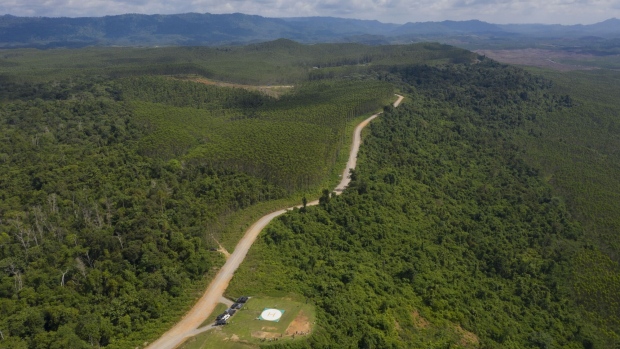 Canada and other developed countries have committed to achieving “net-zero” carbon emissions by 2050. Yet here at the midway point between the 1997 Kyoto Protocol… and the looming deadline of 2050, there is good reason to doubt the feasibility of this ambitious transition. Our new study demonstrates how the world’s dependence on fossil fuels has in fact steadily increased over the past three decades — this despite international agreements, significant government spending and regulation and some technological progress pushing in the opposite direction. …Viewed through a historical lens, this sluggish pace of change is not surprising. …Advocates for today’s mandated energy transition often overlook the complexity of energy transitions and their many challenges. …The energy transition also imposes unprecedented demands for minerals. …Transitioning to a net-zero also requires a massive overhaul of existing energy infrastructure. …A final problem is that achieving decarbonization by 2050 hinges on extensive and sustained global cooperation.
Canada and other developed countries have committed to achieving “net-zero” carbon emissions by 2050. Yet here at the midway point between the 1997 Kyoto Protocol… and the looming deadline of 2050, there is good reason to doubt the feasibility of this ambitious transition. Our new study demonstrates how the world’s dependence on fossil fuels has in fact steadily increased over the past three decades — this despite international agreements, significant government spending and regulation and some technological progress pushing in the opposite direction. …Viewed through a historical lens, this sluggish pace of change is not surprising. …Advocates for today’s mandated energy transition often overlook the complexity of energy transitions and their many challenges. …The energy transition also imposes unprecedented demands for minerals. …Transitioning to a net-zero also requires a massive overhaul of existing energy infrastructure. …A final problem is that achieving decarbonization by 2050 hinges on extensive and sustained global cooperation.

 The Wood Pellet Association of Canada is pleased to announce the release of their Spring 2024 newsletter. Click the read more link for these headlines and more:
The Wood Pellet Association of Canada is pleased to announce the release of their Spring 2024 newsletter. Click the read more link for these headlines and more: Canada has slipped to 62nd place out of 67 ranked countries on the latest Climate Change Performance Index (CCPI). This downgrade of five ranks underscores the nation’s dire performance in critical areas such as greenhouse gas emissions, renewable energy adoption, and energy efficiency, with its climate policy rates deemed “low.” The CCPI, a monitoring tool published annually by Germanwatch since 2005, evaluates countries’ climate protection efforts. The latest report highlights Canada’s dismal performance despite its status as the sixth-largest crude oil producer and the fifth-largest natural gas producer globally. …In response to mounting pressure, the Canadian government has proposed regulations for a net-zero electricity grid by 2035 and pledged investments in renewable energy and grid modernization projects. However, challenges such as the absence of a national power grid and disconnected regional grids hamper clean energy deployment.
Canada has slipped to 62nd place out of 67 ranked countries on the latest Climate Change Performance Index (CCPI). This downgrade of five ranks underscores the nation’s dire performance in critical areas such as greenhouse gas emissions, renewable energy adoption, and energy efficiency, with its climate policy rates deemed “low.” The CCPI, a monitoring tool published annually by Germanwatch since 2005, evaluates countries’ climate protection efforts. The latest report highlights Canada’s dismal performance despite its status as the sixth-largest crude oil producer and the fifth-largest natural gas producer globally. …In response to mounting pressure, the Canadian government has proposed regulations for a net-zero electricity grid by 2035 and pledged investments in renewable energy and grid modernization projects. However, challenges such as the absence of a national power grid and disconnected regional grids hamper clean energy deployment.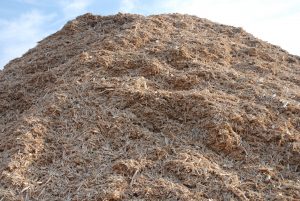 The Wood Pellet Association of Canada… is advancing five major research and development projects in 2024:
The Wood Pellet Association of Canada… is advancing five major research and development projects in 2024: GATINEAU, QC – …The latest National Inventory Report confirms Canada has bent the curve and is reducing emissions toward achieving the country’s 2030 emissions reduction goal in a growing economy. …The Minister of Environment and Climate Change, released Canada’s 2024 National Inventory Report, which tracks and reports on the country’s greenhouse gas emissions. This year’s edition provides estimates from 1990 to 2022. The new National Inventory Report data for 2022 shows emissions were significantly lower, by 44 megatonnes, than Canada’s pre-pandemic 2019 levels. In fact, 2022 emissions of 708 megatonnes are the lowest they have been in 25 years, with the exception of the COVID–19 years, when emissions dropped sharply. …This year’s inventory also provides evidence that many parts of the economy are becoming more efficient and greener through the adoption of clean technologies; the switch to cleaner fuels and non-emitting electricity (hydro, wind, solar, nuclear); and structural economic changes as Canadians build a low-carbon economy.
GATINEAU, QC – …The latest National Inventory Report confirms Canada has bent the curve and is reducing emissions toward achieving the country’s 2030 emissions reduction goal in a growing economy. …The Minister of Environment and Climate Change, released Canada’s 2024 National Inventory Report, which tracks and reports on the country’s greenhouse gas emissions. This year’s edition provides estimates from 1990 to 2022. The new National Inventory Report data for 2022 shows emissions were significantly lower, by 44 megatonnes, than Canada’s pre-pandemic 2019 levels. In fact, 2022 emissions of 708 megatonnes are the lowest they have been in 25 years, with the exception of the COVID–19 years, when emissions dropped sharply. …This year’s inventory also provides evidence that many parts of the economy are becoming more efficient and greener through the adoption of clean technologies; the switch to cleaner fuels and non-emitting electricity (hydro, wind, solar, nuclear); and structural economic changes as Canadians build a low-carbon economy.

 New members of B.C.’s Climate Solutions Council will support the Province’s work to transition to a clean economy with good, sustainable jobs for British Columbians. “After another year of unprecedented climate impacts and the worst wildfire season in B.C.’s history, we know we need to accelerate our work taking action on climate change,” said Minister George Heyman. …The combined knowledge of the Climate Solutions Council is an important part of our work to find a path forward to a cleaner future for all of us. We welcome aboard our new members and appreciate our outgoing members’ contribution.” …New council members [include]: Denni Clement, climate-action peer network lead for the Coastal First Nations Great Bear Initiative; Linda Coady, president and CEO, Council of Forest Industries; [and] Matt Horne, manager of climate mitigation, City of Vancouver.
New members of B.C.’s Climate Solutions Council will support the Province’s work to transition to a clean economy with good, sustainable jobs for British Columbians. “After another year of unprecedented climate impacts and the worst wildfire season in B.C.’s history, we know we need to accelerate our work taking action on climate change,” said Minister George Heyman. …The combined knowledge of the Climate Solutions Council is an important part of our work to find a path forward to a cleaner future for all of us. We welcome aboard our new members and appreciate our outgoing members’ contribution.” …New council members [include]: Denni Clement, climate-action peer network lead for the Coastal First Nations Great Bear Initiative; Linda Coady, president and CEO, Council of Forest Industries; [and] Matt Horne, manager of climate mitigation, City of Vancouver.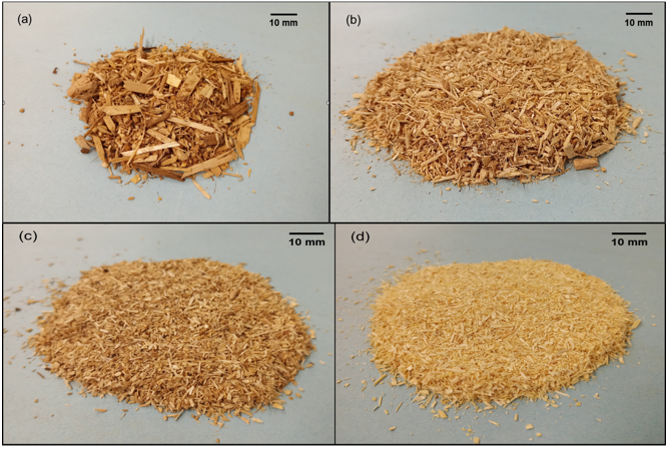
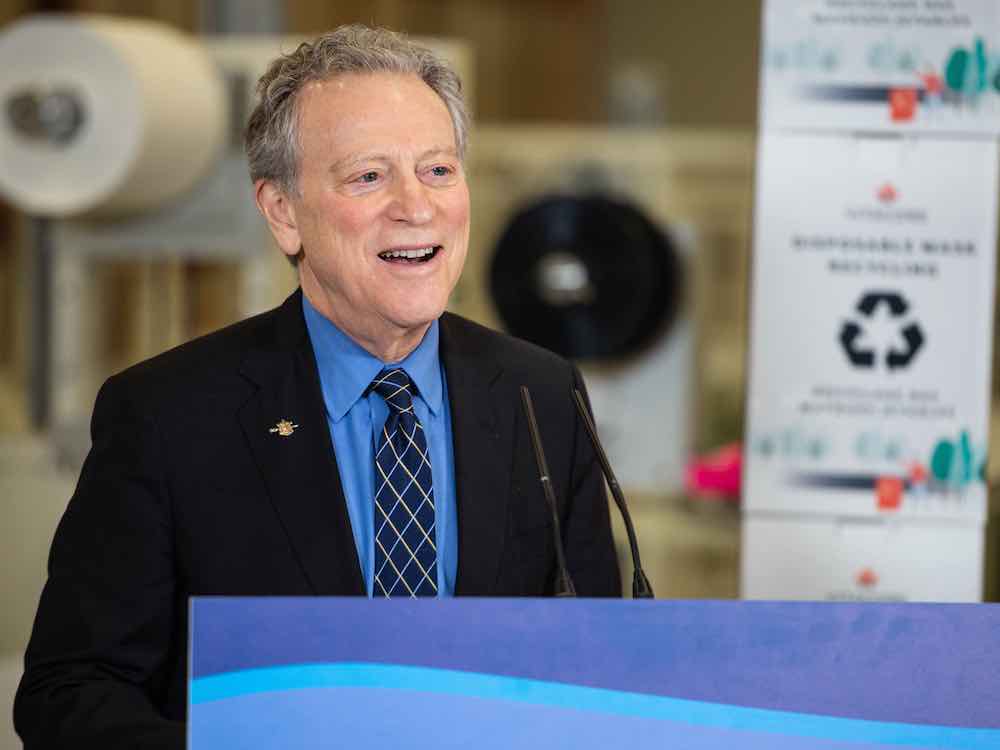
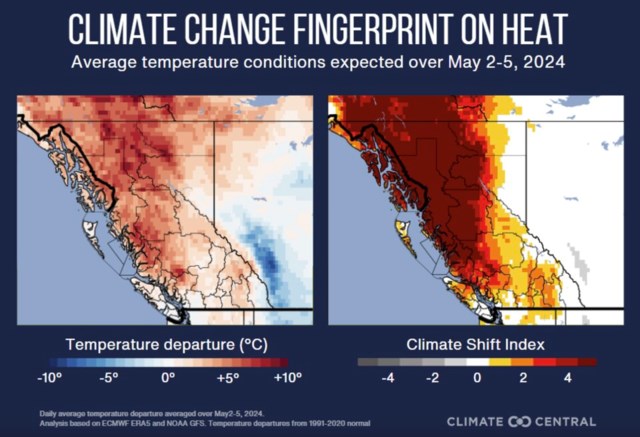
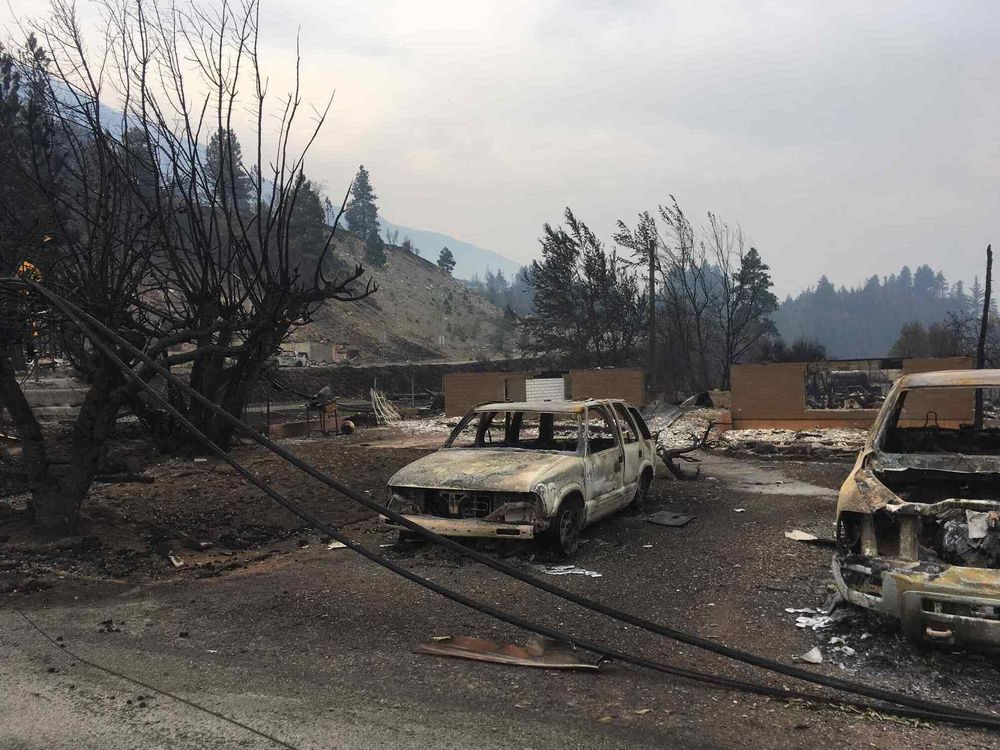
 Thunder Bay, Ontario — The Honourable Patty Hajdu, Minister of Indigenous Services and Minister responsible for FedNor, and Member of Parliament for Thunder Bay—Superior North, today announced a FedNor investment of $758,150 in the bioeconomy centre of Whitesand First Nation. The FedNor funds will support Whitesand First Nation’s new community-owned bioeconomy centre, which includes Sagatay Cogeneration Ltd., Sagatay Wood Pellets, and Sagatay Wood Merchandising Yard. More specifically, the investment will enable the construction and operation of biomass-fueled combined heat and power facility, a wood pellet plant, and a wood merchandising yard. In addition to generating electricity for Whitesand First Nation and nearby communities, this investment will support the creation of more than ten new jobs while fostering new business opportunities and potential partnerships.
Thunder Bay, Ontario — The Honourable Patty Hajdu, Minister of Indigenous Services and Minister responsible for FedNor, and Member of Parliament for Thunder Bay—Superior North, today announced a FedNor investment of $758,150 in the bioeconomy centre of Whitesand First Nation. The FedNor funds will support Whitesand First Nation’s new community-owned bioeconomy centre, which includes Sagatay Cogeneration Ltd., Sagatay Wood Pellets, and Sagatay Wood Merchandising Yard. More specifically, the investment will enable the construction and operation of biomass-fueled combined heat and power facility, a wood pellet plant, and a wood merchandising yard. In addition to generating electricity for Whitesand First Nation and nearby communities, this investment will support the creation of more than ten new jobs while fostering new business opportunities and potential partnerships.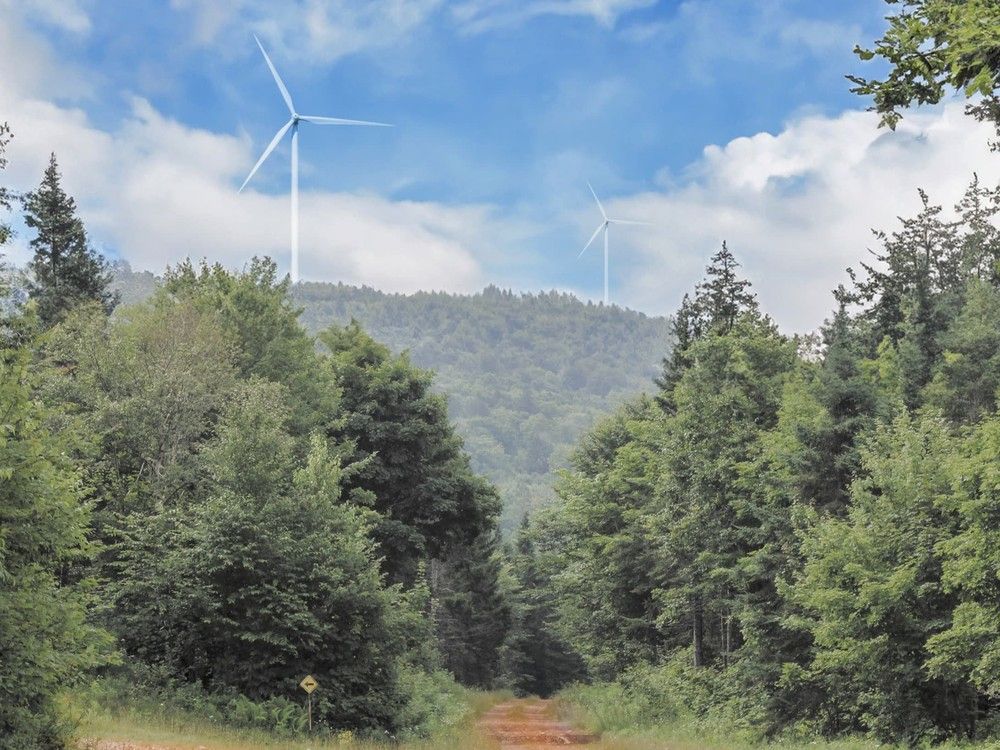
 OTTAWA — T
OTTAWA — T
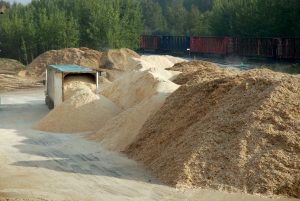 The USDA’s Forest Service on May 14 awarded nearly $74 million to 171 projects through two grant programs that aim to create new markets for wood products and renewable energy from wood, and increase the capacity of wood processing facilities. The awards, made through the Wood Innovations Grant, Community Wood Grant, and Wood Products Infrastructure Assistance Grant Programs, support projects to increase demand and create new and innovative uses for sustainably sourced wood. A sample of 21 Awards include:
The USDA’s Forest Service on May 14 awarded nearly $74 million to 171 projects through two grant programs that aim to create new markets for wood products and renewable energy from wood, and increase the capacity of wood processing facilities. The awards, made through the Wood Innovations Grant, Community Wood Grant, and Wood Products Infrastructure Assistance Grant Programs, support projects to increase demand and create new and innovative uses for sustainably sourced wood. A sample of 21 Awards include:
 Fewer Americans today see climate change as a “very serious” problem than they did three years ago, according to a survey released Monday. The Monmouth University poll shows a 10-point decline in Americans who says climate change is a “very serious” problem, falling from 56% in September. The decline was less steep overall – with 66% ascribing climate change as a problem that’s either “very serious” or “somewhat serious.” That’s down from 2021, when 70% of respondents described the climate change problem as either “very serious” or “somewhat serious.” Patrick Murray, director of the Polling Institute, attributed this trend to a decline in urgency among Americans. “Most Americans continue to believe climate change is real. The difference in these latest poll results is a decline in a sense of urgency around this issue,” Murray said. The decline in urgency can be seen most acutely among young people.
Fewer Americans today see climate change as a “very serious” problem than they did three years ago, according to a survey released Monday. The Monmouth University poll shows a 10-point decline in Americans who says climate change is a “very serious” problem, falling from 56% in September. The decline was less steep overall – with 66% ascribing climate change as a problem that’s either “very serious” or “somewhat serious.” That’s down from 2021, when 70% of respondents described the climate change problem as either “very serious” or “somewhat serious.” Patrick Murray, director of the Polling Institute, attributed this trend to a decline in urgency among Americans. “Most Americans continue to believe climate change is real. The difference in these latest poll results is a decline in a sense of urgency around this issue,” Murray said. The decline in urgency can be seen most acutely among young people.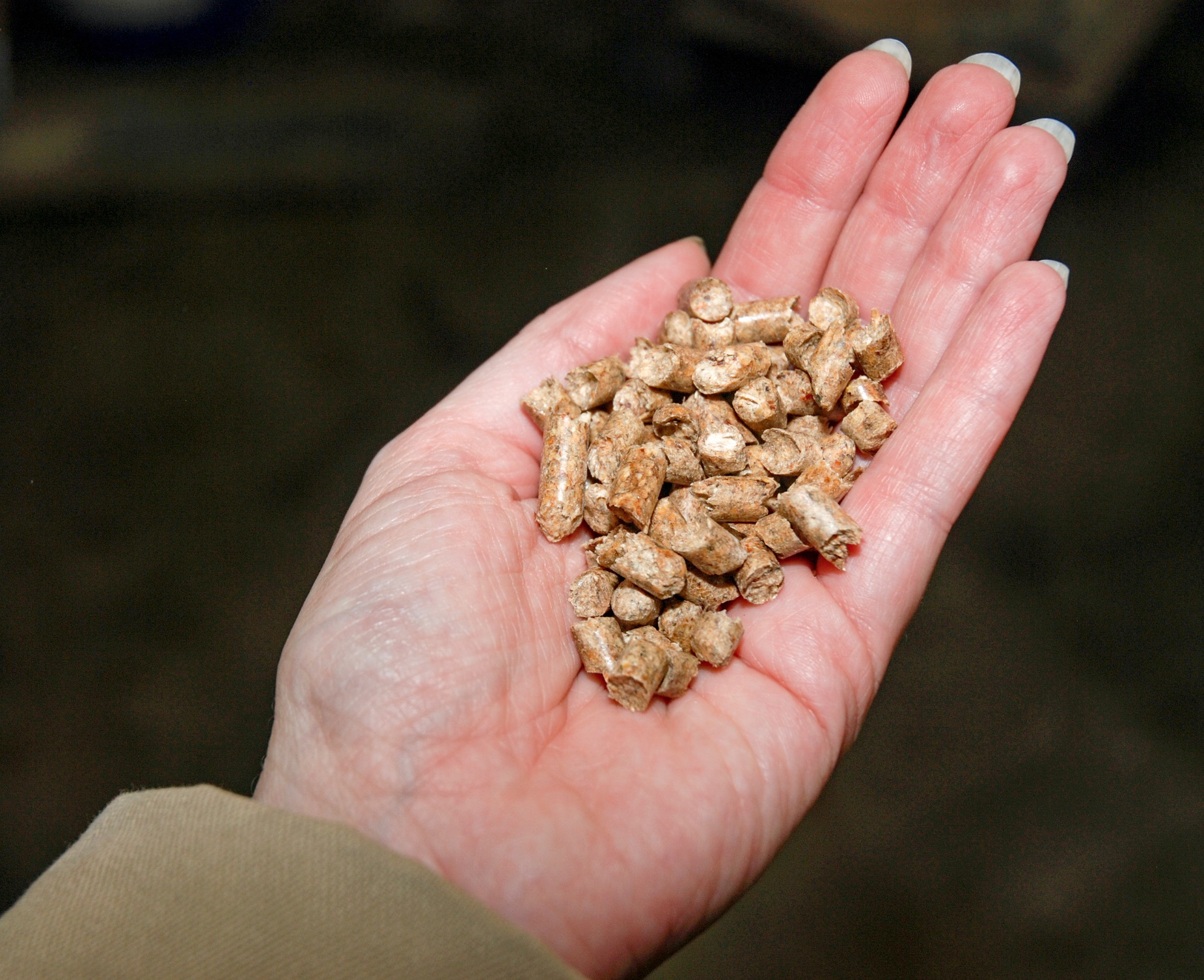 The U.S. exported 938,662.3 metric tons of wood pellets in March, up from 696,692.9 metric tons in February and 909,787.1 metric tons in March of last year, according to data released by the USDA Foreign Agricultural Service on May 2. The U.S. exported wood pellets to approximately 18 countries in March. The U.K. was the top destination for U.S. wood pellet exports at 554,934.5 metric tons, followed by the Netherlands at 129,622 metric tons, Denmark at 94,706 metric tons, Japan at 76,995.4 metric tons, the French West Indies at 50,000 metric tons and Belgium-Luxembourg at 29,436.4 metric tons.
The U.S. exported 938,662.3 metric tons of wood pellets in March, up from 696,692.9 metric tons in February and 909,787.1 metric tons in March of last year, according to data released by the USDA Foreign Agricultural Service on May 2. The U.S. exported wood pellets to approximately 18 countries in March. The U.K. was the top destination for U.S. wood pellet exports at 554,934.5 metric tons, followed by the Netherlands at 129,622 metric tons, Denmark at 94,706 metric tons, Japan at 76,995.4 metric tons, the French West Indies at 50,000 metric tons and Belgium-Luxembourg at 29,436.4 metric tons. 

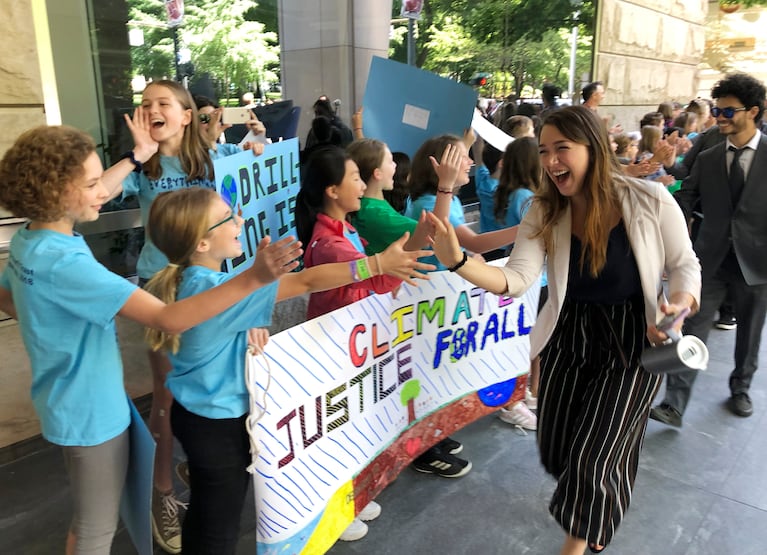
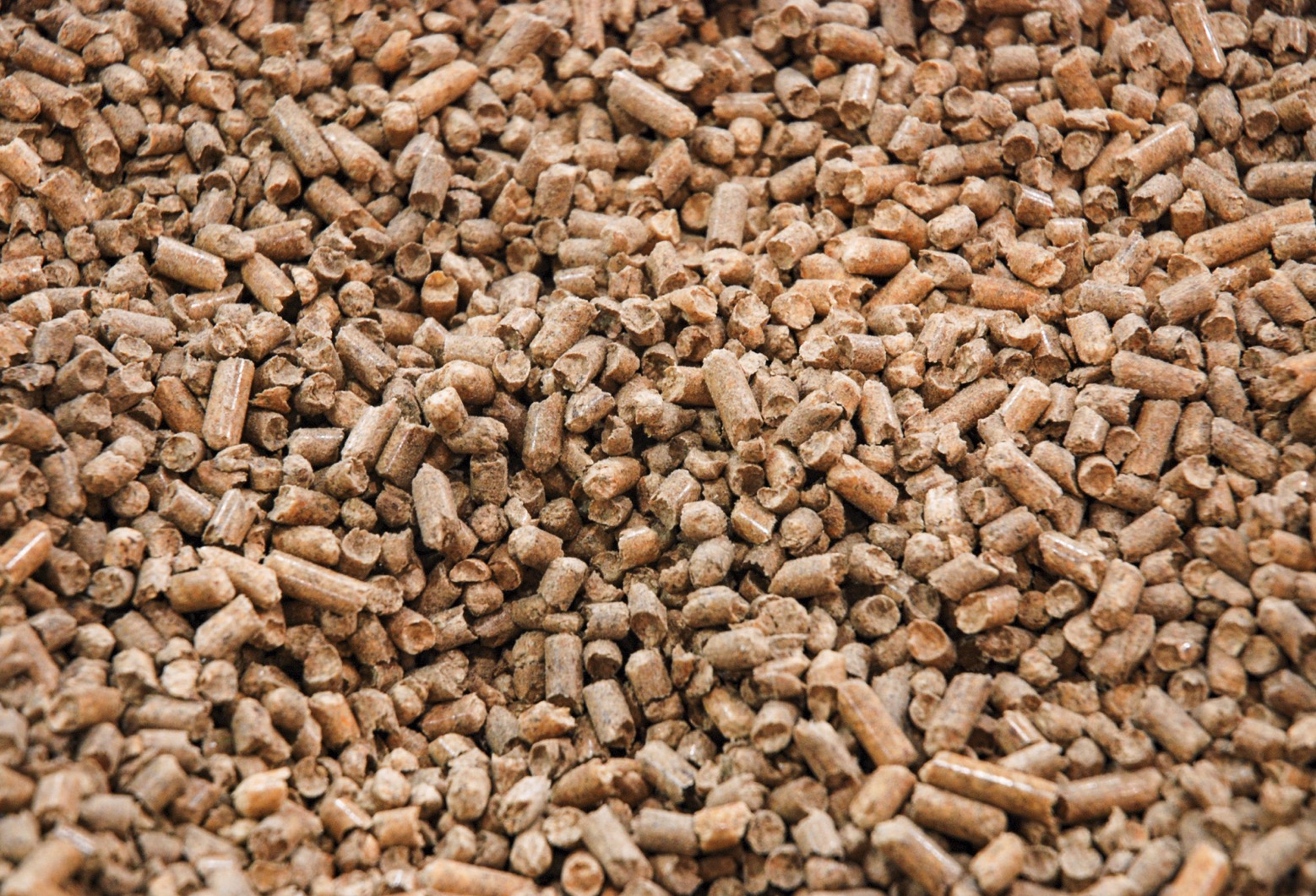 Massachusetts — I’m writing in response to Katy Eiseman’s recent column, “
Massachusetts — I’m writing in response to Katy Eiseman’s recent column, “
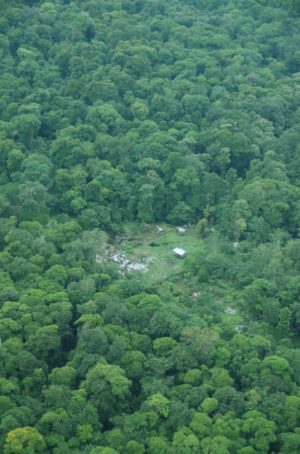 The market for carbon offsets shrank dramatically last year, falling from $1.9bn in 2022 to $723m in 2023, a new report has found. The drop came after a series of scientific and media reports found many offsetting schemes do nothing to mitigate the climate crisis and biodiversity loss. The
The market for carbon offsets shrank dramatically last year, falling from $1.9bn in 2022 to $723m in 2023, a new report has found. The drop came after a series of scientific and media reports found many offsetting schemes do nothing to mitigate the climate crisis and biodiversity loss. The  The broiling summer of 2023 was the hottest in the Northern Hemisphere in more than 2,000 years, a new study found. When the temperatures spiked last year, numerous weather agencies said it was the hottest month, summer and year on record. But those records only go back to 1850 at best because it’s based on thermometers. Now scientists can go back to the modern western calendar’s year one …but have found no hotter northern summer than last year’s. The study uses a well-established method and record of more than 10,000 tree rings to calculate summertime temperatures for each year since the year 1. Looking at the temperature records, especially the last 150 years, lead author Jan Esper noticed that while they are generally increasing, they tend to do so with slow rises and then giant steps, like what happened last year. He said those steps are often associated with a natural El Nino…
The broiling summer of 2023 was the hottest in the Northern Hemisphere in more than 2,000 years, a new study found. When the temperatures spiked last year, numerous weather agencies said it was the hottest month, summer and year on record. But those records only go back to 1850 at best because it’s based on thermometers. Now scientists can go back to the modern western calendar’s year one …but have found no hotter northern summer than last year’s. The study uses a well-established method and record of more than 10,000 tree rings to calculate summertime temperatures for each year since the year 1. Looking at the temperature records, especially the last 150 years, lead author Jan Esper noticed that while they are generally increasing, they tend to do so with slow rises and then giant steps, like what happened last year. He said those steps are often associated with a natural El Nino…
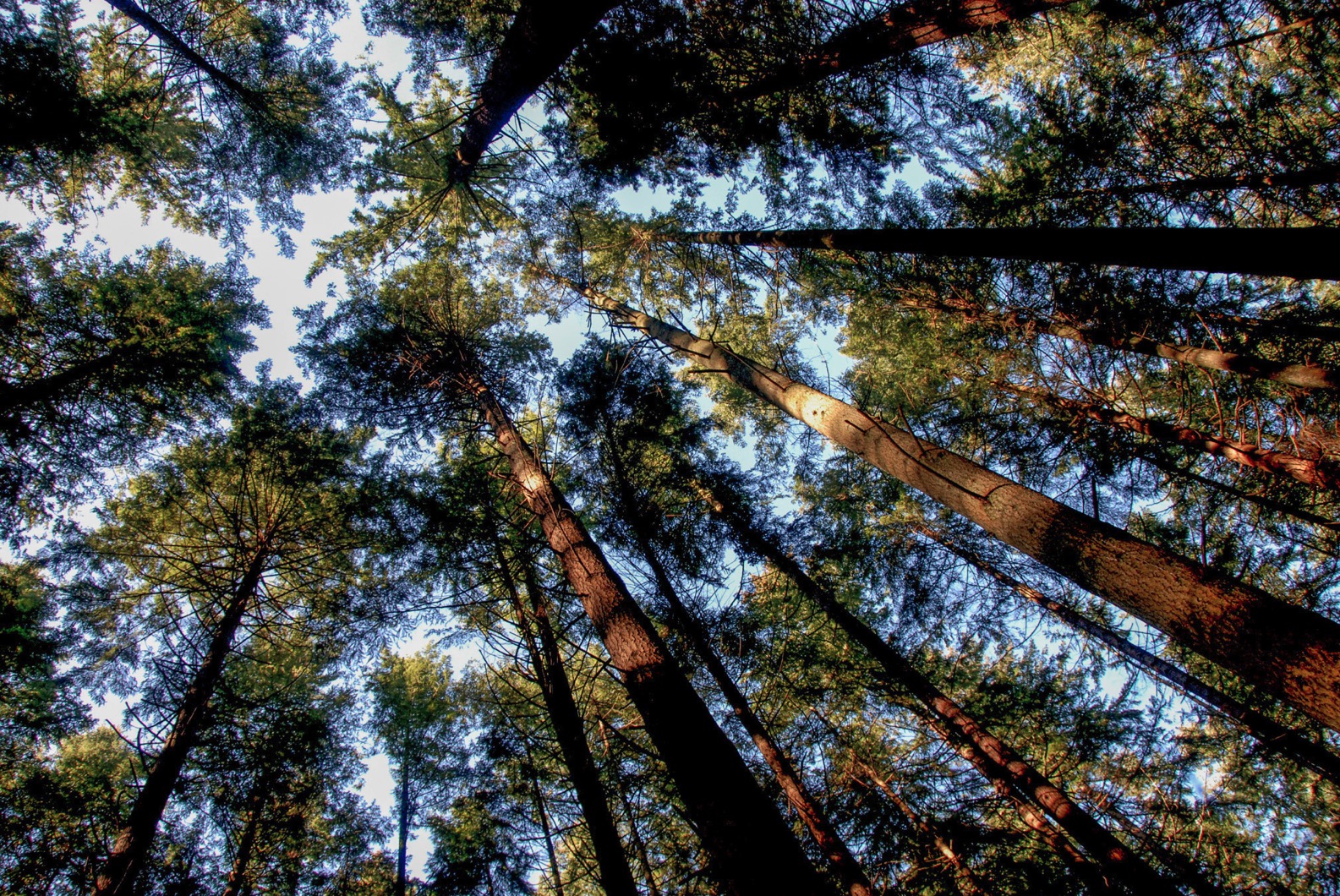 Growing alarm over climate change has pushed world leaders in recent years to see Earth’s forests as a critical resource in the fight against global warming. But the newfound attention might not always be a good thing. The focus on forests and their value as carbon sinks could be contributing to an increase in global inequalities and create too much reliance on market-based solutions, such as carbon offsets. The warning was included in a new report from the International Union of Forest Research Organizations, a nonprofit network of forest scientists. Published Monday, the report provides a scientific review of recent trends in global forest governance….But focusing entirely on their carbon value could risk neglecting the other benefits that forests provide, such as their cultural importance to Indigenous communities. …In addition, forest carbon markets can shut local communities out of forest management discussions in their home regions.
Growing alarm over climate change has pushed world leaders in recent years to see Earth’s forests as a critical resource in the fight against global warming. But the newfound attention might not always be a good thing. The focus on forests and their value as carbon sinks could be contributing to an increase in global inequalities and create too much reliance on market-based solutions, such as carbon offsets. The warning was included in a new report from the International Union of Forest Research Organizations, a nonprofit network of forest scientists. Published Monday, the report provides a scientific review of recent trends in global forest governance….But focusing entirely on their carbon value could risk neglecting the other benefits that forests provide, such as their cultural importance to Indigenous communities. …In addition, forest carbon markets can shut local communities out of forest management discussions in their home regions.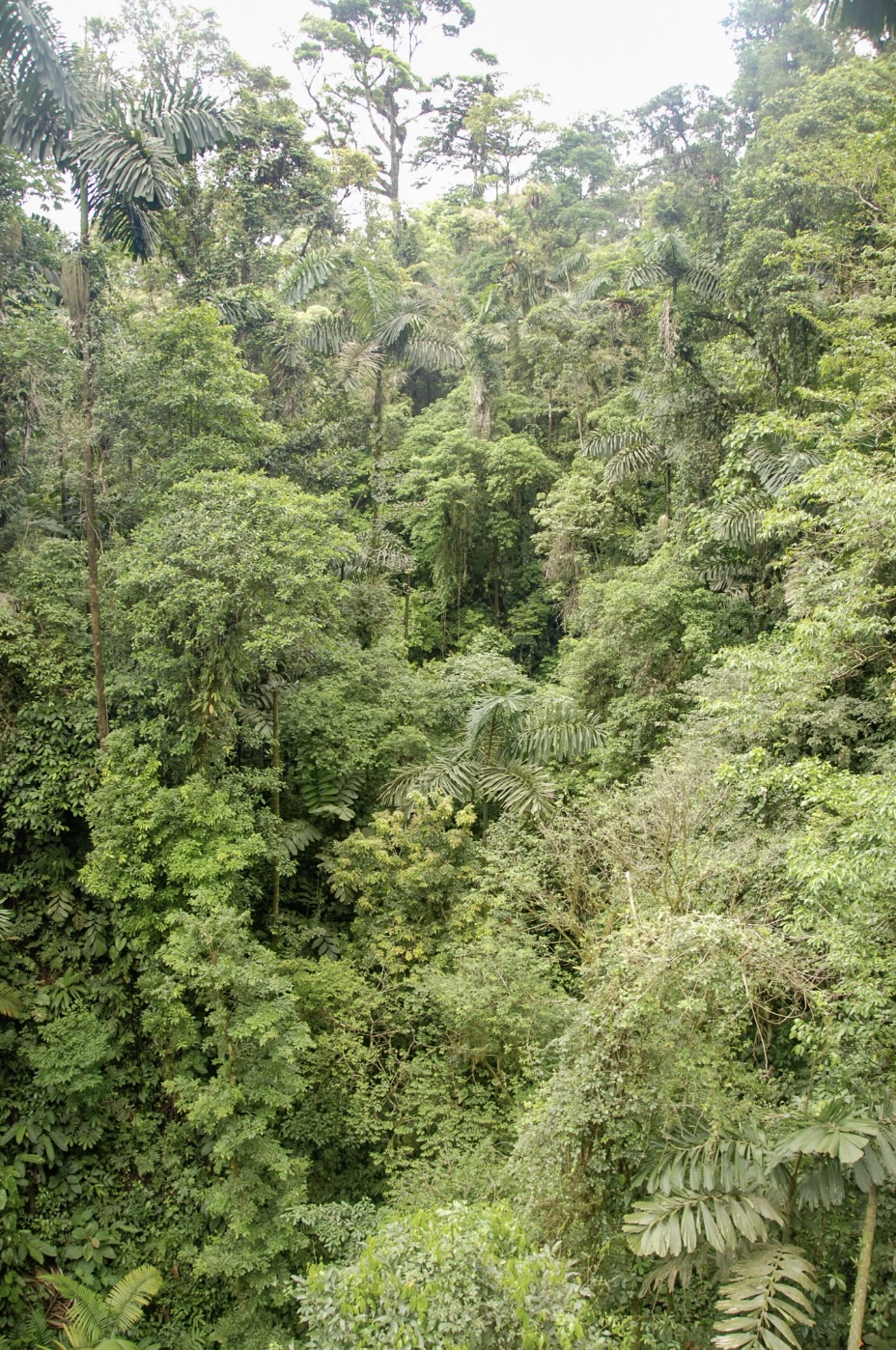 Increasingly, businesses are writing off their carbon emissions by funding the conservation of forests. A new report finds that while such schemes have made “limited” progress in curbing deforestation, they have largely failed to alleviate poverty in forest communities. “We are too late on in the game to use win-win narratives,” said Daniela Kleinschmit of Freiburg University, a lead author of the report. Published by the International Union of Forest Research Organizations and presented this week at a U.N. meeting on forest loss, the report looked at both carbon offset programs and programs that certify goods as not contributing to deforestation. It found that such schemes frequently operate at the expense of forest dwellers. Forest communities often see no income from offset schemes and are sometimes forcibly evicted from their lands in the name of protecting forests, the report said.
Increasingly, businesses are writing off their carbon emissions by funding the conservation of forests. A new report finds that while such schemes have made “limited” progress in curbing deforestation, they have largely failed to alleviate poverty in forest communities. “We are too late on in the game to use win-win narratives,” said Daniela Kleinschmit of Freiburg University, a lead author of the report. Published by the International Union of Forest Research Organizations and presented this week at a U.N. meeting on forest loss, the report looked at both carbon offset programs and programs that certify goods as not contributing to deforestation. It found that such schemes frequently operate at the expense of forest dwellers. Forest communities often see no income from offset schemes and are sometimes forcibly evicted from their lands in the name of protecting forests, the report said. STOCKHOLM — Stockholm Exergi today announced that it has signed a contract with Microsoft covering 3.33 million tonnes of permanent carbon removals from bio-energy with carbon capture and storage (BECCS) at Värtan, Stockholm. The agreement represents the world’s largest permanent removals deal to date. The deliveries of the carbon removal certificates to Microsoft are planned to start in 2028 and continue for a period of ten years. “The agreement with Microsoft is a huge step forward for our BECCS project, Stockholm Exergi as a company and the climate. It is the strongest possible recognition of the significance, quality and sustainability of our project and takes us an important step closer to a final investment decision in Q4 2024. I believe the agreement will inspire corporations with ambitious climate objectives, and we target to announce more deals with other pioneering companies over the coming months,” says Anders Egelrud, CEO of Stockholm Exergi.
STOCKHOLM — Stockholm Exergi today announced that it has signed a contract with Microsoft covering 3.33 million tonnes of permanent carbon removals from bio-energy with carbon capture and storage (BECCS) at Värtan, Stockholm. The agreement represents the world’s largest permanent removals deal to date. The deliveries of the carbon removal certificates to Microsoft are planned to start in 2028 and continue for a period of ten years. “The agreement with Microsoft is a huge step forward for our BECCS project, Stockholm Exergi as a company and the climate. It is the strongest possible recognition of the significance, quality and sustainability of our project and takes us an important step closer to a final investment decision in Q4 2024. I believe the agreement will inspire corporations with ambitious climate objectives, and we target to announce more deals with other pioneering companies over the coming months,” says Anders Egelrud, CEO of Stockholm Exergi.